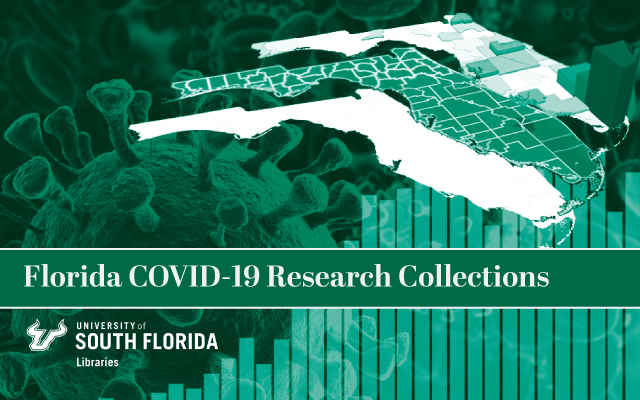
All publications
Document Type
Article
Publication Date
2020
Keywords
coronavirus, COVID-19 pandemic, origin of SARS-CoV-2, receptor binding domain, genome homology, natural selection, zoonotic transfer
DOI
https://doi.org/10.3390/v12111203
Abstract
The origin of the severe acute respiratory syndrome-coronavirus 2 (SARS-CoV-2) virus causing the COVID-19 pandemic has not yet been fully determined. Despite the consensus about the SARS-CoV-2 origin from bat CoV RaTG13, discrepancy to host tropism to other human Coronaviruses exist. SARS-CoV-2 also possesses some differences in its S protein receptor-binding domain, glycan-binding N-terminal domain and the surface of the sialic acid-binding domain. Despite similarities based on cryo-EM and biochemical studies, the SARS-CoV-2 shows higher stability and binding affinity to the ACE2 receptor. The SARS-CoV-2 does not appear to present a mutational “hot spot” as only the D614G mutation has been identified from clinical isolates. As laboratory manipulation is highly unlikely for the origin of SARS-CoV-2, the current possibilities comprise either natural selection in animal host before zoonotic transfer or natural selection in humans following zoonotic transfer. In the former case, despite SARS-CoV-2 and bat RaTG13 showing 96% identity some pangolin Coronaviruses exhibit very high similarity to particularly the receptor-binding domain of SARS-CoV-2. In the latter case, it can be hypothesized that the SARS-CoV-2 genome has adapted during human-to-human transmission and based on available data, the isolated SARS-CoV-2 genomes derive from a common origin. Before the origin of SARS-CoV-2 can be confirmed additional research is required.
Rights Information

This work is licensed under a Creative Commons Attribution 4.0 License.
Citation / Publisher Attribution
Viruses, v. 12, issue 11, art. 1203
Scholar Commons Citation
Lundstrom, Kenneth; Seyran, Murat; Pizzol, Damiano; Adadi, Parise; El-Aziz, Tarek Mohamed Abd; Sarif Hassan, Sk.; Soares, Antonio; Kandimalla, Ramesh; Tambuwala, Murtaza M.; Aljabali, Alaa A. A.; Azad, Gajendra Kumar; Choudhury, Pabitra Pal; Uversky, Vladimir N.; Sherchan, Samendra P.; Uhal, Bruce D.; Rezaei, Nima; and Brufsky, Adam M, "The Importance of Research on the Origin of SARS-CoV-2" (2020). All publications. 96.
https://digitalcommons.usf.edu/usf_fcrc_all/96

